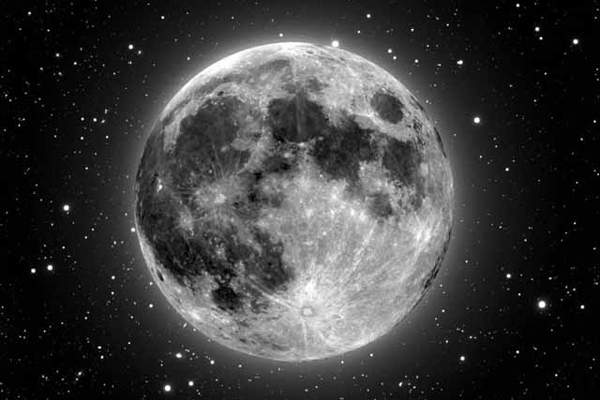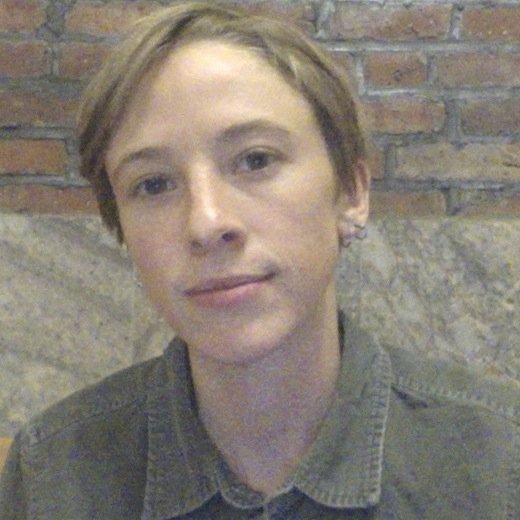Saturday's 'Supermoon' Won't Destroy Earth

UPDATE: For the latest on Saturday's "supermoon" and meteor shower, read our latest story here: Spectacular 'Supermoon' Wows Skywatchers Around the World
Astronomers call it perigee-syzygy; the rest of us call it "supermoon." Either way, the alignment of the sun and moon will coincide with the moon's closest approach to Earth on Saturday (May 5), resulting in the biggest full moon of the year. But don't worry, it won't break Earth.
Saturday's supermoon will be especially super. Richard Nolle, the astrologer who coined the term "supermoon," defined it as a full moon that occurs within 12 hours of lunar perigee, or the point in the moon's slightly non-circular monthly orbit when it swings closest to our planet. On Saturday, the timing of the two events will be almost perfect: the moon will reach its perigee distance of 221,802 miles (356,955 kilometers) — the closest lunar perigee of 2012, in fact — at 11:34 p.m. Eastern Time, and it will fall in line with the sun (thereby becoming full) just one minute later.
Thus, our satellite will loom even larger than the supermoon of March 19, 2011, when perigee and full moon fell 50 minutes apart. Nonetheless, just as last year's supermoon passed by without triggering any of the earthquakes, volcanic eruptions and chaos that were predicted by some corners of the Internet, this year's event will almost certainly be similarly tame. Seismologists have found no evidence to believe that supermoons heighten seismic activity — at least not over and above the effects of run-of-the-mill moons.
According to John Vidale, a seismologist at the University of Washington in Seattle and director of the Pacific Northwest Seismic Network, particularly dramatic land and ocean tides do occasionally trigger earthquakes. "Both the moon and sun do stress the Earth a tiny bit, and when we look hard we can see a very small increase in tectonic activity when they're aligned," Vidale told Life's Little Mysteries during the furor surrounding last year's supermoon.
At times of full and new moons, "you see a less-than-1-percent increase in earthquake activity, and a slightly higher response in volcanoes," he said.
However, the moon's smidgen of extra gravitational pull at lunar perigee is not a big enough increase from its pull at other times to measurably increase the likelihood of natural disasters. "A lot of studies have been done on this kind of thing by USGS scientists and others," said John Bellini, a geophysicist at the U.S. Geological Survey. "They haven't found anything significant at all."
Get the Space.com Newsletter
Breaking space news, the latest updates on rocket launches, skywatching events and more!
The scientists said the effect of the supermoon is somewhere between "it has no effect" and "the effect is so small you don't see it."
In short, Vidale told us in anticipation of Saturday's event, tidal forces are real but tiny. "The stresses driving earthquakes are orders of magnitude larger. Decades of earthquake records show at best a minuscule influence of tides on the times of earthquakes. No extra fear of earthquakes is warranted during a 'supermoon', although a healthy respect for their destructive power is appropriate at all times."
So sit back, relax, and enjoy the close encounter with our nearest and dearest cosmic companion. And if you snap an amazing photo of the supermoon and would like to share it with SPACE.com for a story or gallery, send photos and comments to managing editor Tariq Malik at: tmalik@space.com.
Follow Natalie Wolchover on Twitter @nattyover. Follow Life's Little Mysteries on Twitter @llmysteries, then join us on Facebook.
Join our Space Forums to keep talking space on the latest missions, night sky and more! And if you have a news tip, correction or comment, let us know at: community@space.com.

Natalie Wolchover was a staff writer for Live Science and a contributor to Space.com from 2010 to 2012. She is now a senior writer and editor at Quanta Magazine, where she specializes in the physical sciences. Her writing has appeared in publications including Popular Science and Nature and has been included in The Best American Science and Nature Writing. She holds a bachelor's degree in physics from Tufts University and has studied physics at the University of California, Berkeley.










